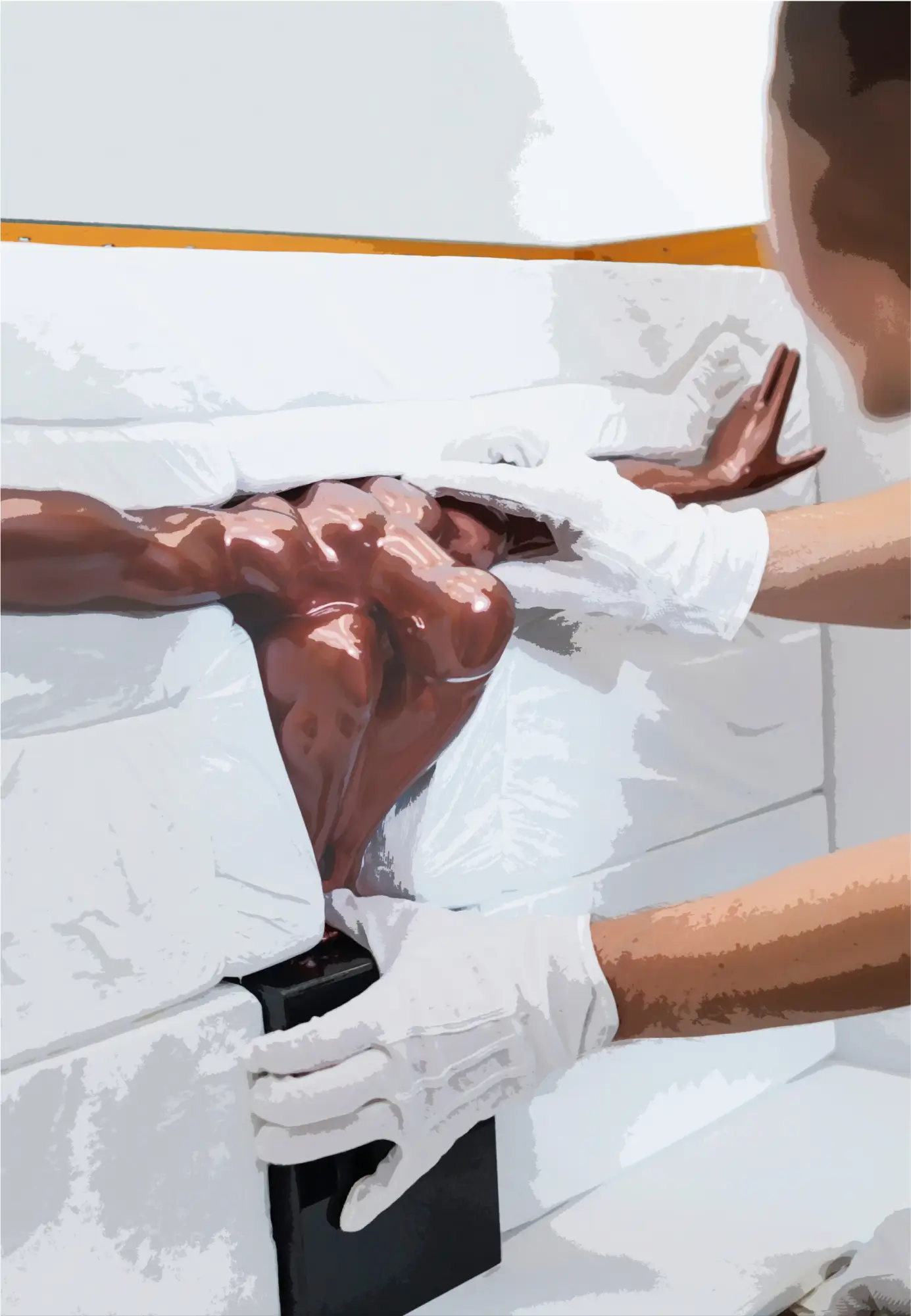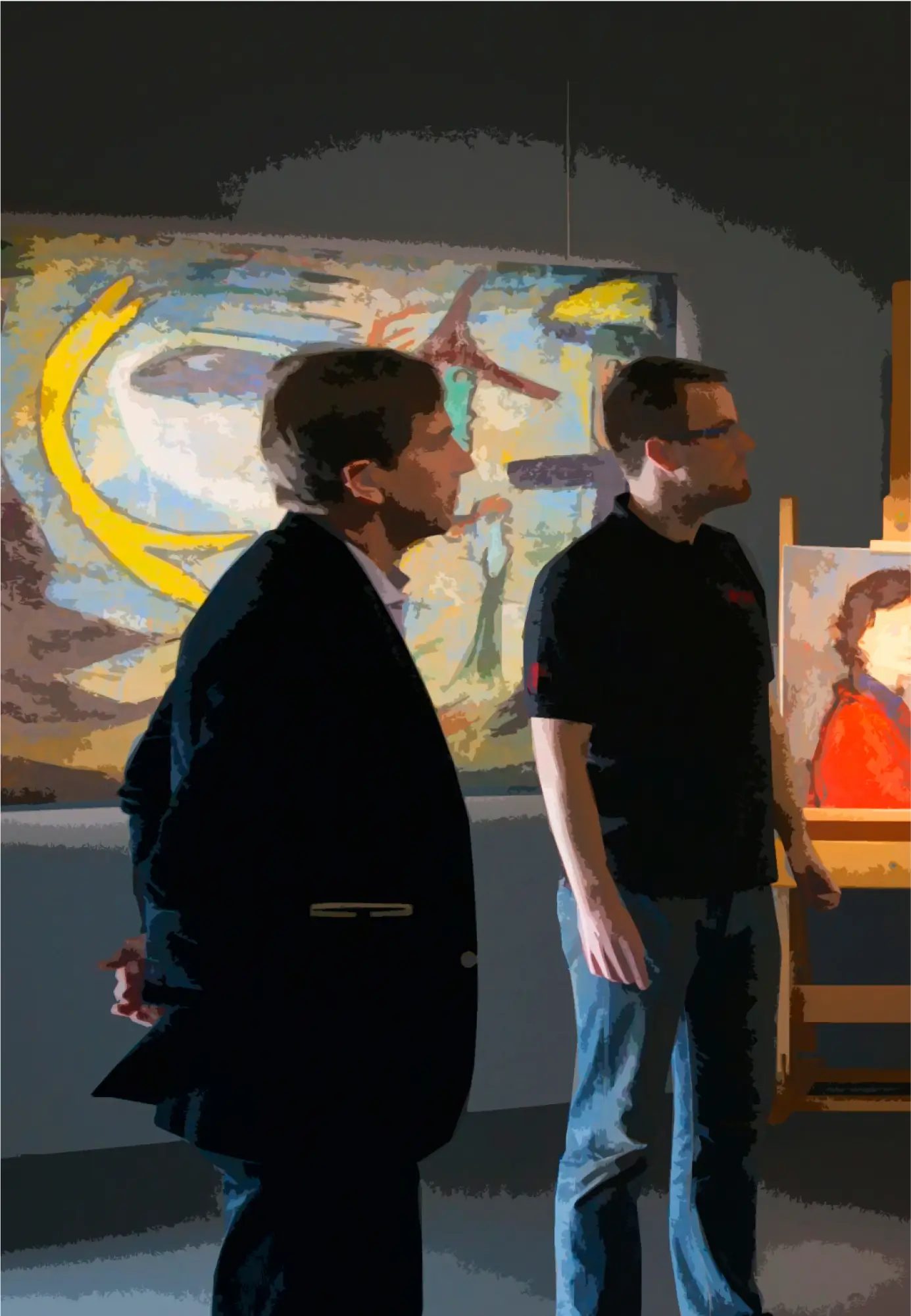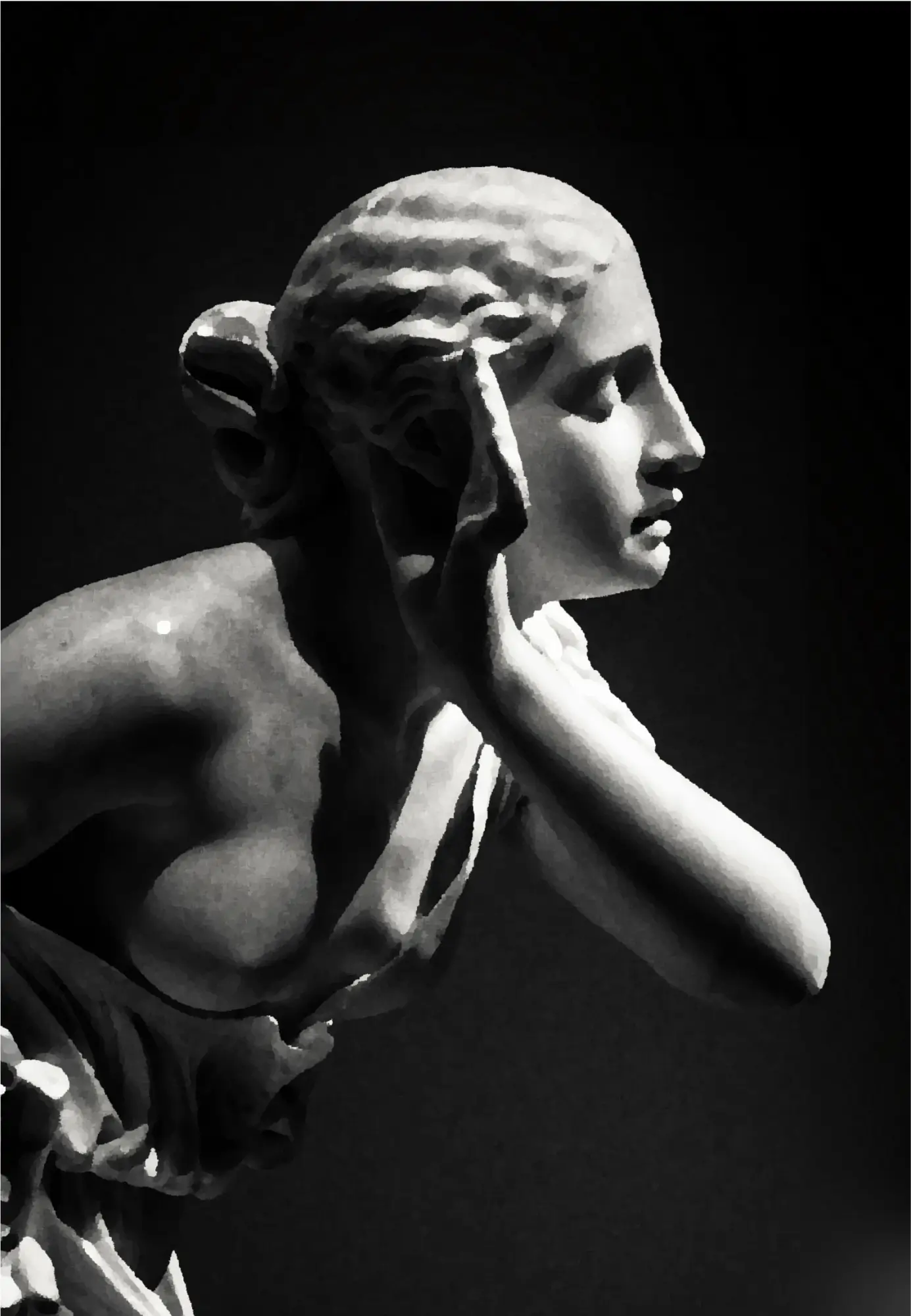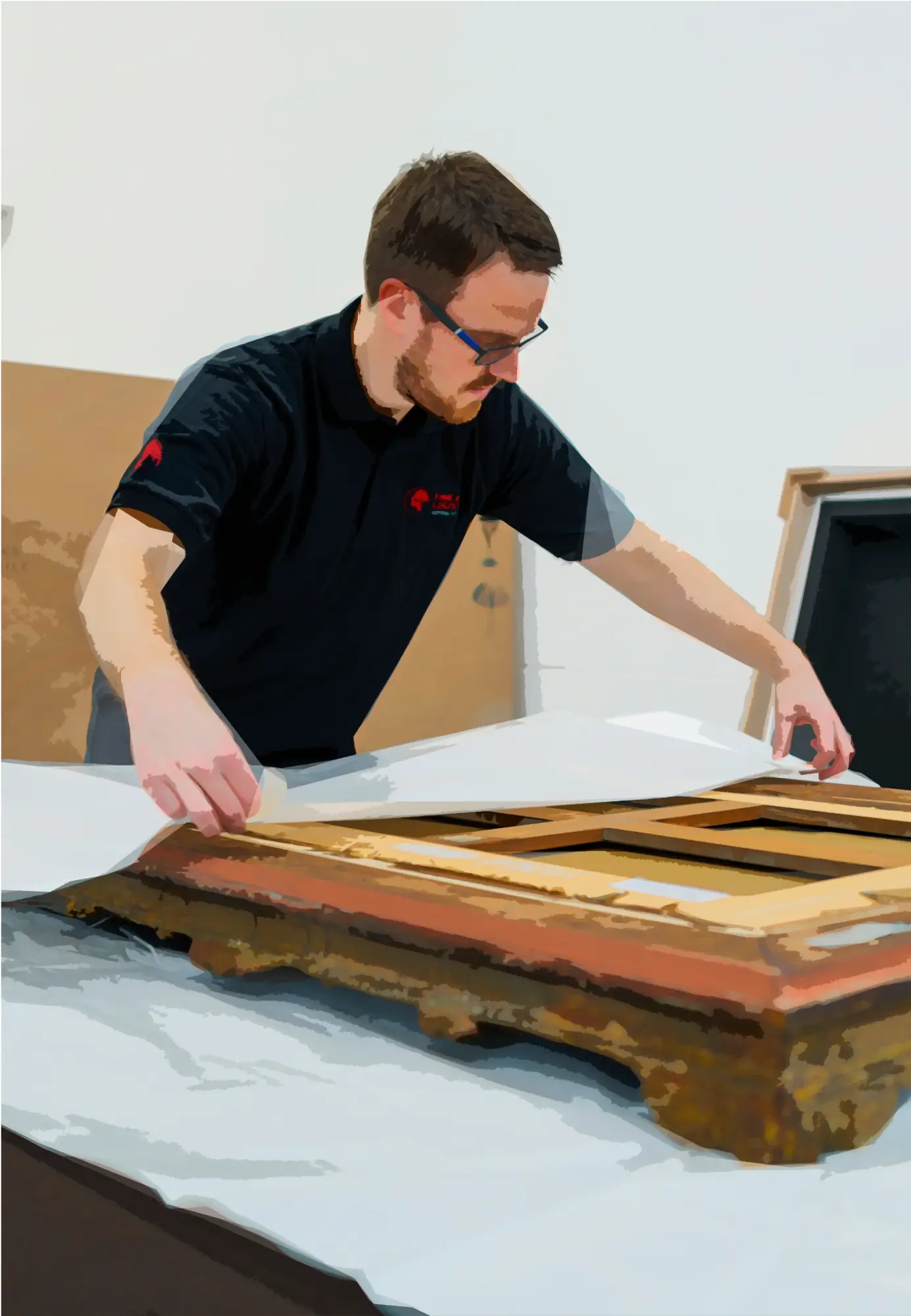According to Artprice, art photography has increased in value by over 300% in the last 20 years. This type of investment is therefore a good way to diversify your portfolio.
However, to be an effective investor, it is important to have a real passion for art, a good knowledge of photography in order to select very high quality prints and, finally, to carefully select the artist to mitigate the potential value decrease of the item purchased.
This article is not intended to provide investment advice, but rather serve as a guide to the methods by which you can make wise investment choices.
Taking a professional approach to invest in art photography.
Investing and hoping for a profitable return in the art market cannot be done in a hazardous way. Before taking the plunge, it is important to carry out various actions to ensure that your investment is appropriate.
Set your budget.
Figure out how much you are willing to invest in art photography and set a budget. This will help you to target works that are in your price range and avoid putting yourself in a difficult financial situation.
Carry out careful research.
Take the time to learn about the market, the different artists in vogue, the preferred styles of photography and the works that interest you. Check out websites of art photography experts, visit galleries and museums, and talk to art professionals to find out more about works that have long-term value potential.
Adhere to your style and taste.
In photography, as in all art investments, it is crucial to focus on productions that "resonate" with you. Visit exhibitions, galleries and learn about the history of photographic art. By familiarising yourself with the field, you sharpen your eye and orient yourself towards productions that match your taste and style.
Make sure you choose high quality shots.
To maintain your investments value, you must plan for the long term and protect it from all forms of damage. To avoid fading and decay of the photograph, it is important to choose one that has been printed on quality photo paper and protected with UV varnish. In addition, it will be essential to provide storage conditions suitable for its preservation.
Check the origin of the artwork and ensure its authenticity.
Be careful when purchasing photographic artwork. Check that it is genuine and that its origin is straightforward. This will help you avoid the risk of fraud and ensure its value.
Buying a one-off photograph or a numbered replica?
When investing in fine art photographs, one is faced with the dilemma of duplication. Indeed, where a painted artwork is more laborious to reproduce, a photograph can easily be printed in limited editions.
This is why art photographers announce beforehand whether a print will be guaranteed as a one-off or whether it will be part of a limited edition.
What are the advantages of investing in a unique artwork?
- The value of unique pieces tends to increase more rapidly than numbered reproductions.
- Owning a unique work is rewarding and adds sentimental value to the investment.
- An art photo is signed and authenticated by the artist to guarantee its originality.
- Unique artworks have a higher resale value than numbered reproductions, as they benefit from their rarity and are more sought after by collectors.
- Insurance for single works is generally easier to obtain and less expensive than insurance for numbered reproductions.
- Unique works are easier to authenticate than numbered reproductions.
What are the advantages of investing in a reproduced artwork?
- Numbered reprints are less expensive than unique works, making them an attractive option for investors looking to buy art at a more affordable price.
- The greater number of numbered reproductions available on the market increases the chances of acquiring the work you like.
- The process of finding an artwork that suits your taste and budget is made easy.
- Investing in a numbered reproduction is less likely to lose its value.
Some photographers sought after by collectors.
The value of fine art photographs depends on the reputation and influence of the photographer, as well as the quality and interest of the image itself. Some of the big names in the field are:
Ansel Adams: considered one of the greatest landscape photographers of all time.
Edward Steichen: an American photographer of Luxembourg origin, a pioneer and visionary whose photos can be found in all major museum collections.
Diane Arbus: known as one of the first photographers to explore street photography and controversial subjects.
Henri Cartier-Bresson: considered one of the pioneers of reportage photography and famous for his fine, poetic images that capture the essence of the moment.
Cindy Sherman: known for her disguised self-portraits and her dramatizations of popular culture, she is considered one of the most important photographers in contemporary art.
Nan Goldin: considered one of the most important photographers of everyday life in the 1980s and 1990s.
In recent years, a number of photographers have also attracted attention for their work, including Tyler Mitchell, Zhi Lin, Xiomara Bender, Hasan Elahi or even Krista Ninivaggi, known for her photographs of everyday life and popular culture.
Ensuring the proper conservation of your investments in the art market.
Once you invest in art photography, you have to ensure its sound preservation, just as you do for contemporary or classical art collections.
Collectors and investors regularly turn to storage facilities such as free ports to take advantage of an infrastructure designed to ensure the inalterability of an artwork.
They find a series of advantages that other storage facilities cannot offer, such a:
- Enhanced security
- A VAT suspension scheme
- Unlimited insurance options
- A controlled atmospheric environment
- Flexible storage volumes
- Fast access via air and road transport
- Teams trained in the handling of valuable items.





